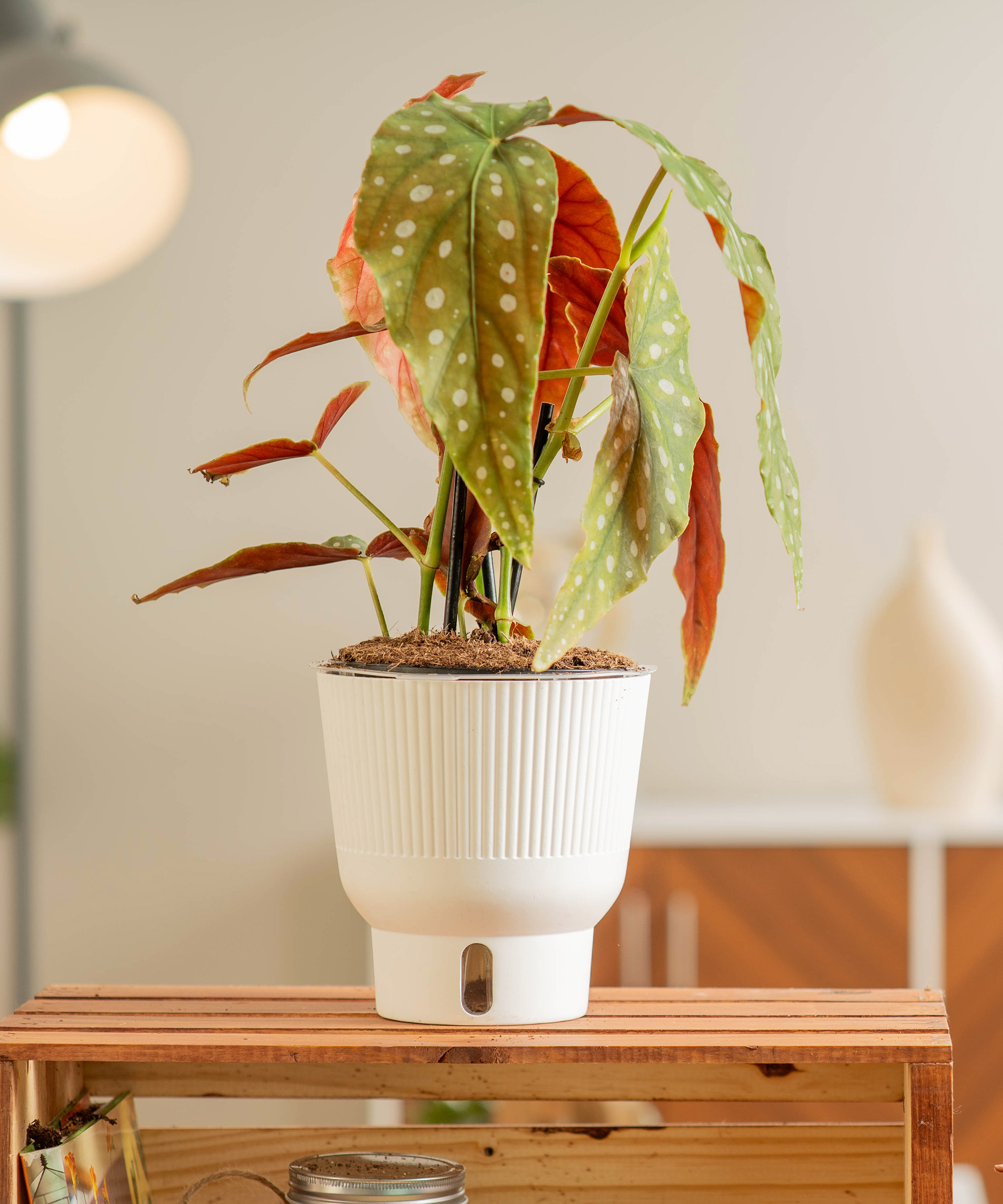8 Rare Orchids That Make Stunning Houseplants – Some Are Surprisingly Easy To Grow
Discover unique orchids that will add exotic beauty to your home. Some make easygoing houseplants, while others offer a challenge for more seasoned growers.
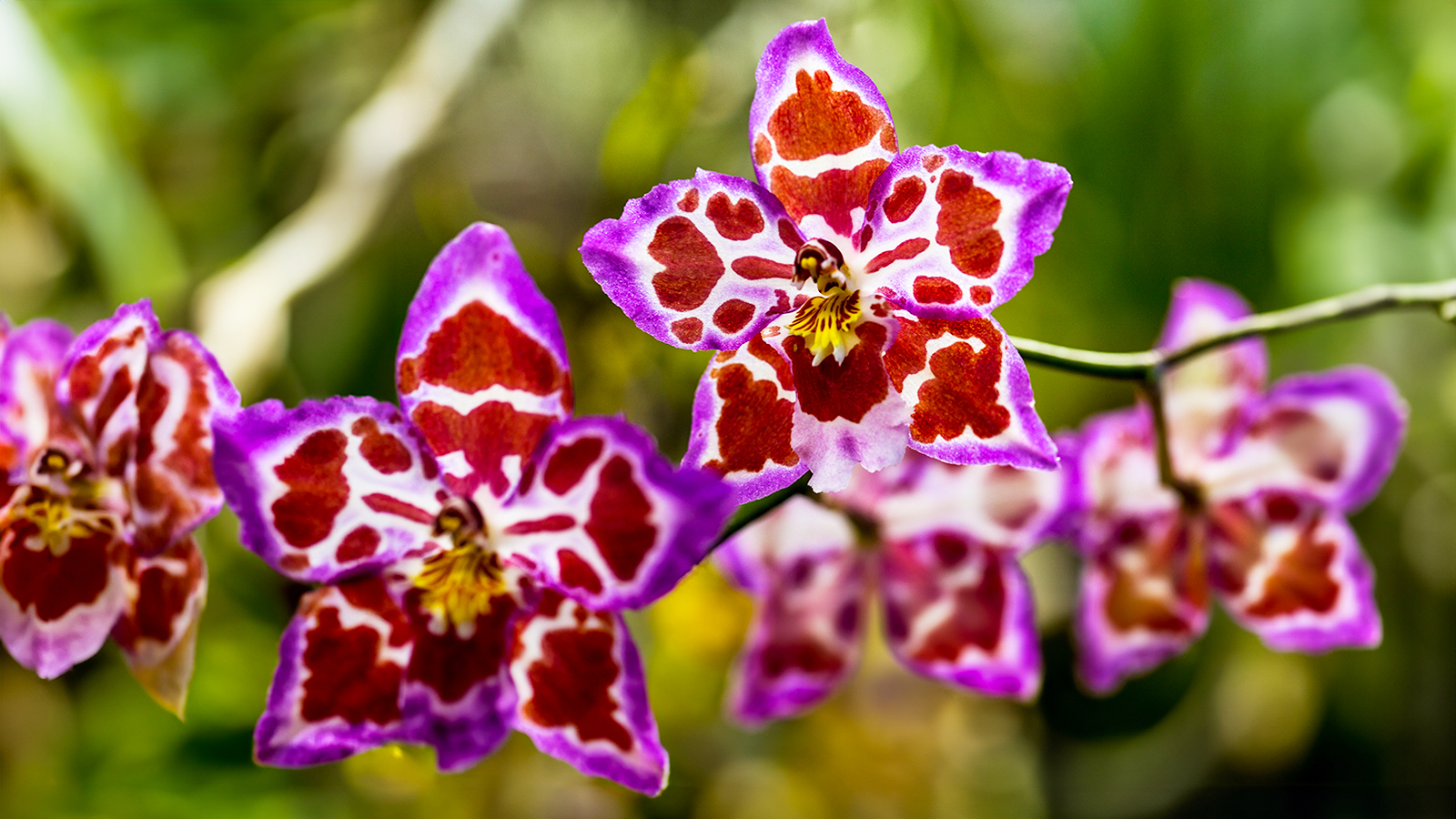

Amy Draiss
Orchids make up a vast group of plants native to almost every part of the world. Over 28,000 species have been identified, each possessing a unique appearance and slightly different care requirements. Many rare orchids are endangered in their natural habitat and are highly coveted by collectors.
With so many different types of orchids, you might imagine that growers are spoiled for choice. Yet, a visit to your local garden center will likely not reveal anything more exotic than the customary display of Phalaenopsis orchids and, if you're lucky, one or two slightly lesser-known varieties such as Dendrobium and Oncidium. However, specialist orchid nurseries are treasure troves of unusual species. In addition, the growth of online plant shopping has opened up a whole new world of options.
Orchids are not known for being easygoing plants, but some are much more forgiving than others. It's important to research the orchid care requirements of your chosen variety before purchasing, to ensure you can provide the right conditions. Otherwise, heartbreak is sure to follow.
If you're a first-time grower, don't even attempt an advanced orchid. The most coveted rare orchids, such as the otherworldly ghost orchid, are too challenging for even highly experienced growers – and they don't come cheap. Happily, several breathtaking beginner-friendly orchids look much more high-maintenance than they really are.
Get ready to dip your toes into the world of rare orchids you can grow as houseplants…
1. Tampa Butterfly Orchid
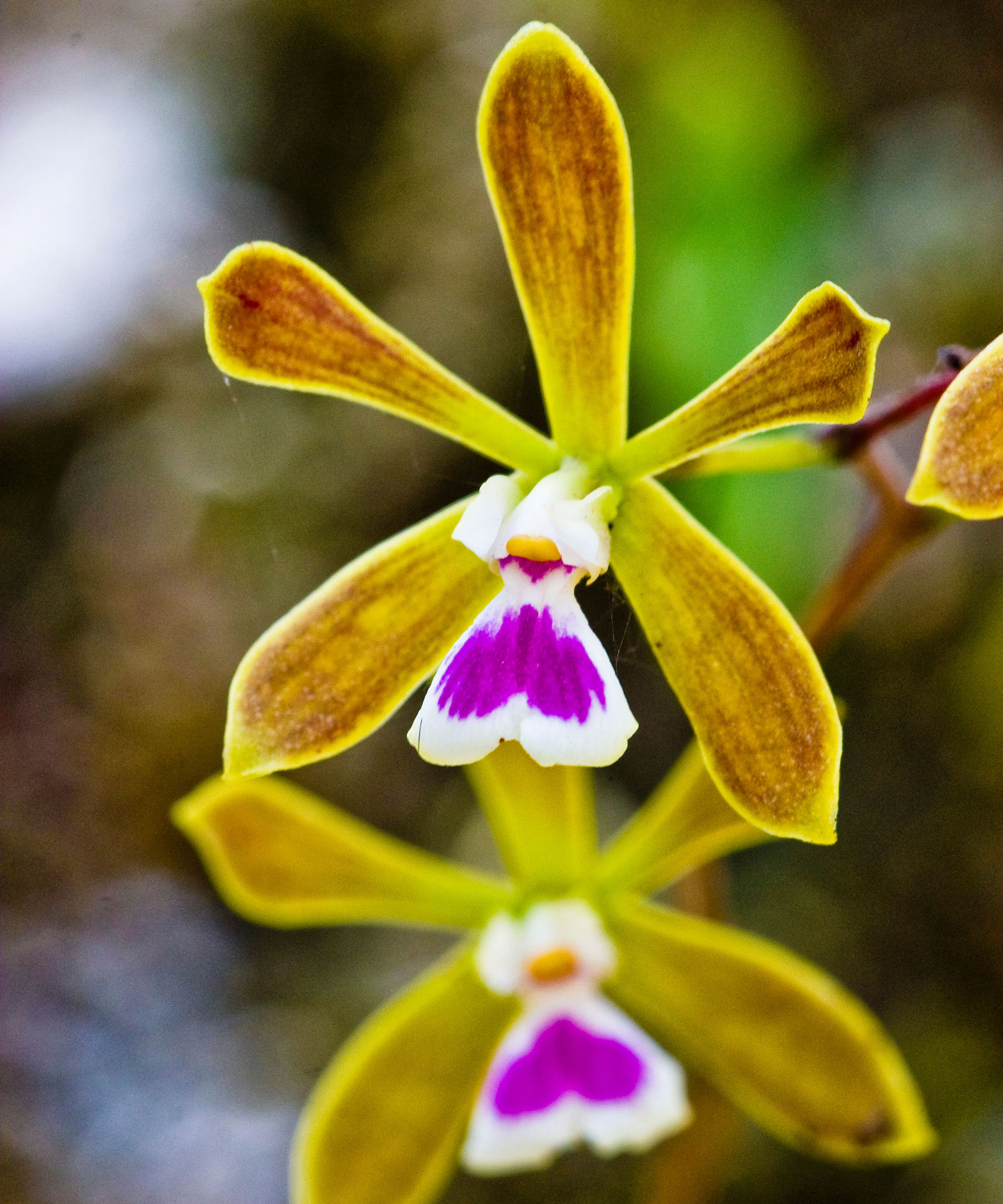
The Tampa butterfly orchid (Encyclia tampensis) is prized for its unique colors and prolific blooms. Native to Florida, it's a protected species and a rare treat to see in the wild. In USDA hardiness zones 9 to 11, this beautiful orchid can be grown outdoors, mounted to a tree, but in cooler zones, it is well suited to being kept as a houseplant.
Provide the Tampa butterfly orchid with bright, indirect light and humidity levels of around 50%. The ideal daytime temperature range for this orchid is 65 to 85°F (18 to 29°C), with nighttime temperatures of around 50 to 68°F (10 to 20°C).
Sign up for the Gardening Know How newsletter today and receive a free copy of our e-book "How to Grow Delicious Tomatoes".
2. Paphiopedilum
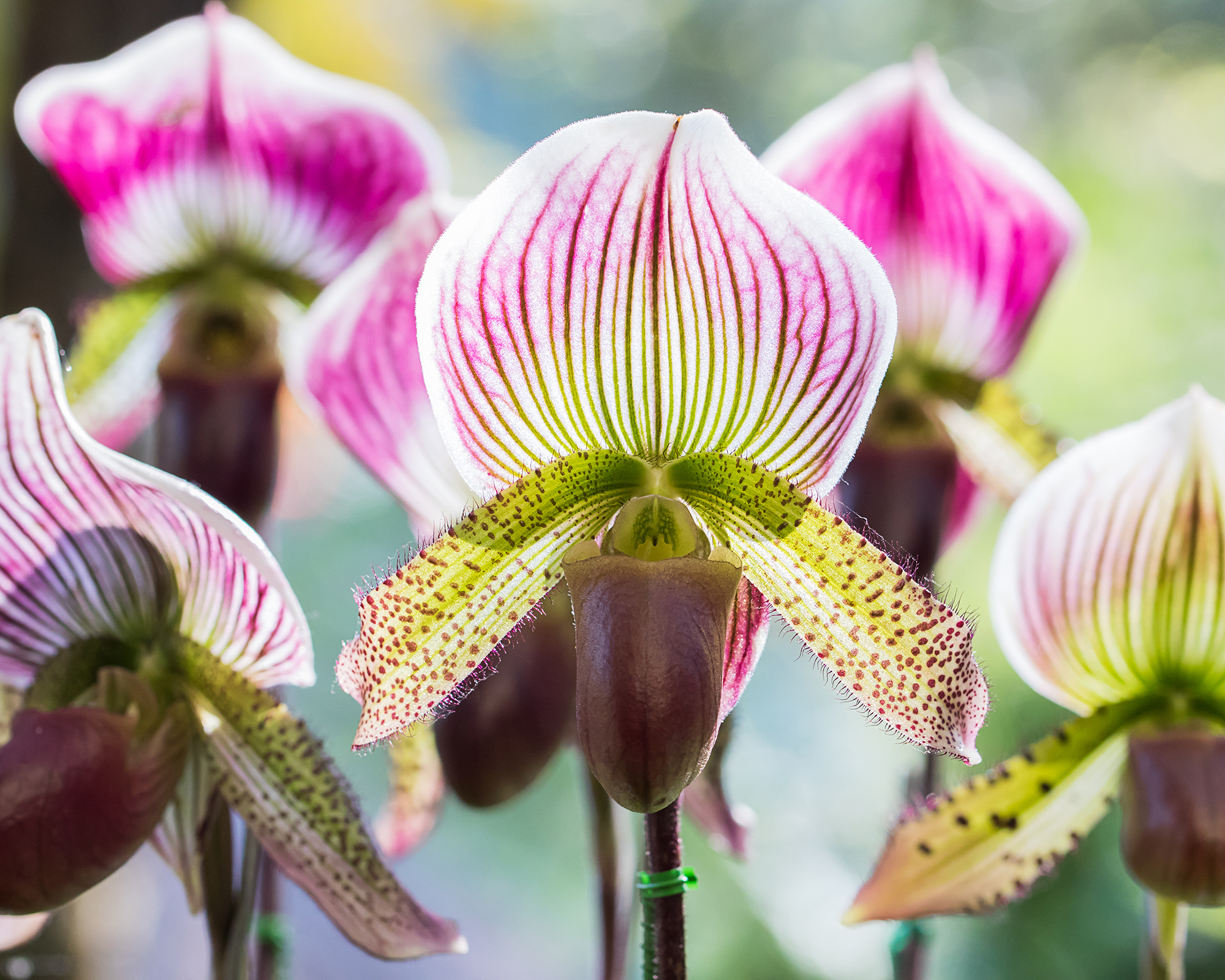
There are rarer orchid types than the Paphiopedilum orchid, although some species are more unusual than others. However, as one of the most hard-to-kill orchids, it's perfect for a beginner grower wanting to try something different.
Paphiopedilum is a terrestrial orchid, meaning it grows in the soil in the wild, rather than attaching itself to trees like most orchids, which are epiphyte plants.
Different species have slightly different requirements, but broadly these orchids thrive in low to medium light with a preferred daytime temperature of 70 to 85°F (21 to 29°C) and nighttime temperatures of 55 to 70°F (13 to 21°C). They require moderate humidity levels of 40-50%.
3. Monkey Orchid
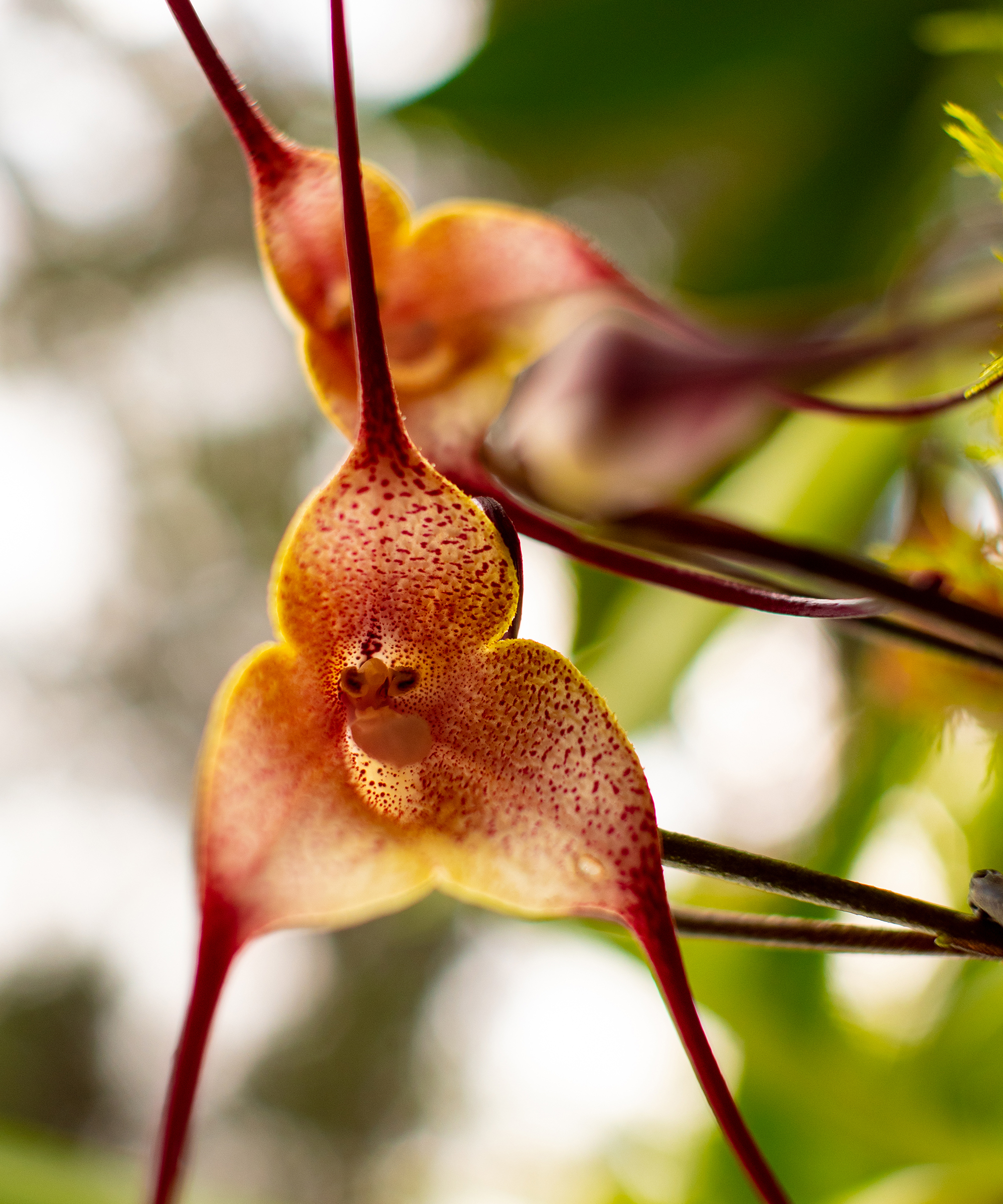
The Monkey orchid (Dracula simia) is a delightful species with unusual flowers that bear more than a passing resemblance to capuchin monkeys. It belongs to the Dracula genus, which contains other primate-like species including Dracula lotax and Dracula vampira. The genus is named after the orchid's curious flowers and dislike of direct sunlight.
While not a beginner species, the monkey orchid isn't the most difficult variety either, so give it a go if you fancy a challenge. The orchid thrives in partial to full shade and temperatures between 60°F to 85°F (16°C to 29°C). It needs cooler nights to thrive, so move the plant in the evening to an unheated room.
Monkey orchids love high humidity of at least 80 per cent. This will require the use of a humidifier and regular misting. Alternatively, you could grow the species in an orchid terrarium, which allows for a controlled humid environment.
4. Calanthe
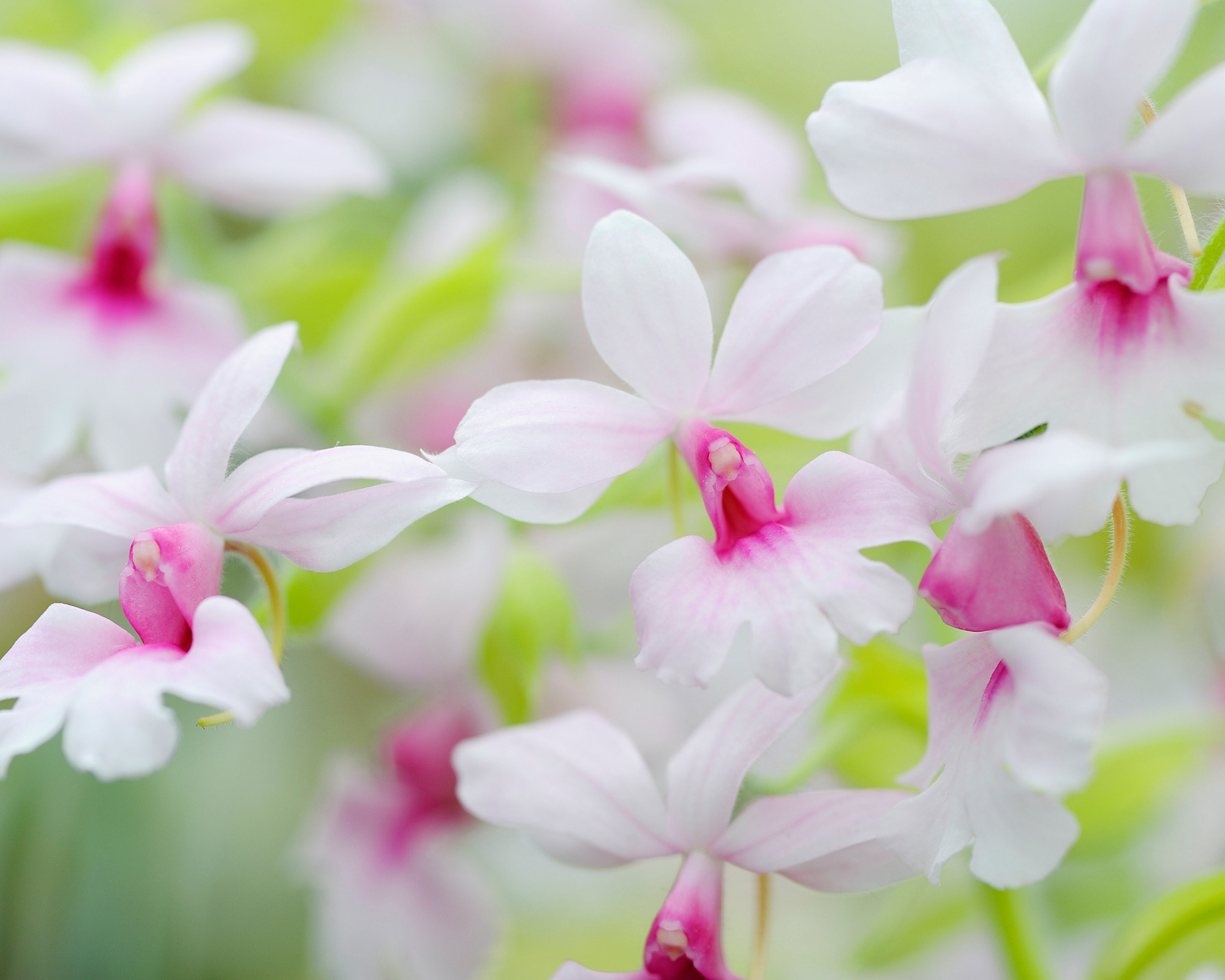
Calanthe orchids, also known as Christmas orchids, make up a varied genus containing rare and more available species. While popular in their native region of South-East Asia, they are not common in the West. However, this orchid is generally easygoing in its care requirements, making it suitable for beginner growers.
You can grow calanthe orchids in the garden in USDA Zones 7-9, but they are also great houseplants. Depending on the species, their temperature tolerance ranges from 14°F to 84°F (-10°C to 29°C), but generally they prefer a minimum of 50°F (10°C). They grow best with moderate humidity of between 50 and 70%.
5. Tulip Orchid
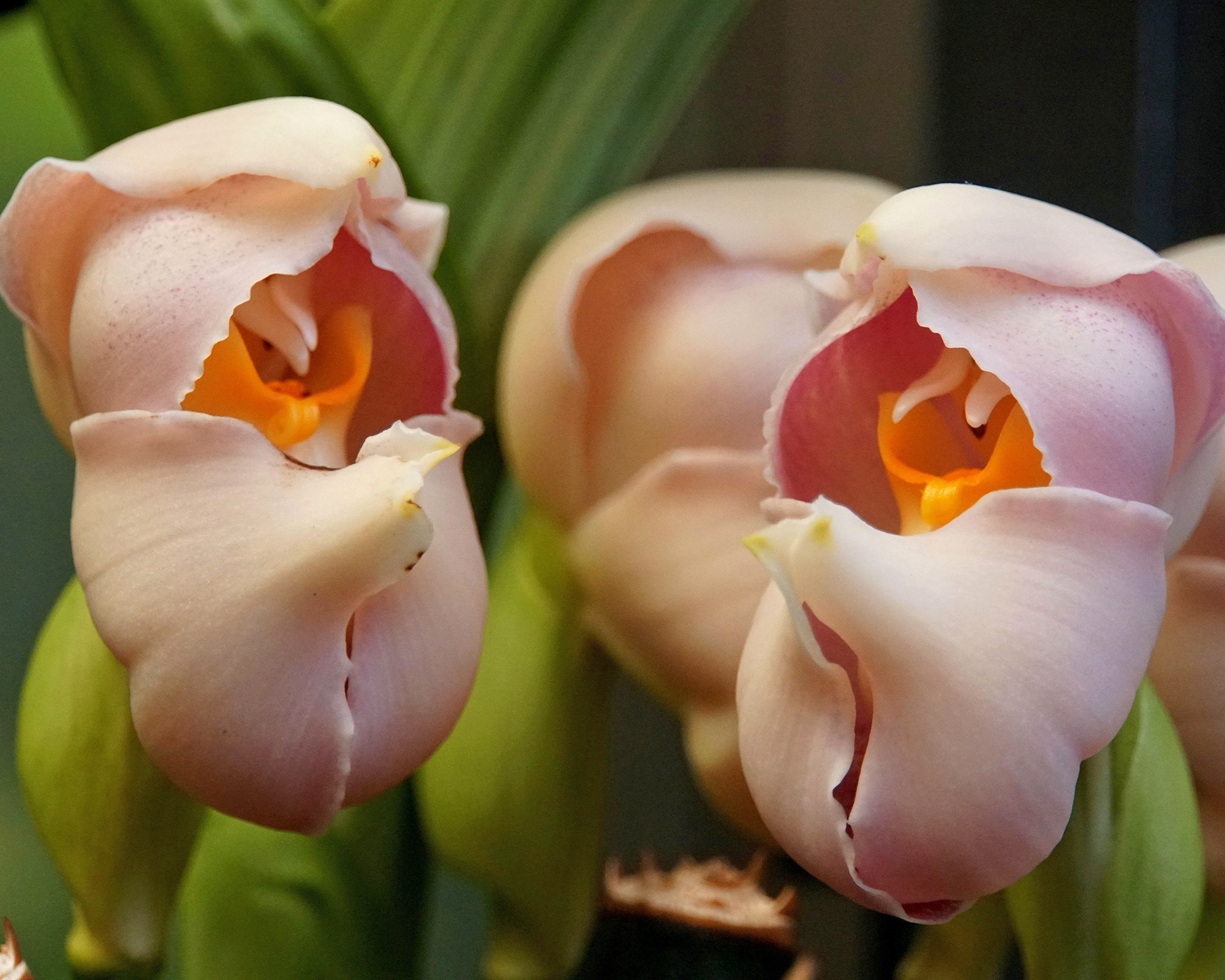
The tulip orchid – Anguloa uniflora – is also affectionately known as the swaddled baby orchid for its unique flower formation that makes it sought after by collectors. However, it is not the easiest variety to grow, thriving best in a greenhouse with high humidity levels.
Growers wanting to try them as houseplants need to provide daytime temperatures of 70 to 80°F (21 to 27°C) and nighttime temperatures between 55 to 65°F (13°C to 18°C). Ideally aim for humidity levels of 60 to 70%, though plants may tolerate levels of 50%. Provide the tulip orchid with dappled sunlight or partial shade.
6. Zygopetalum
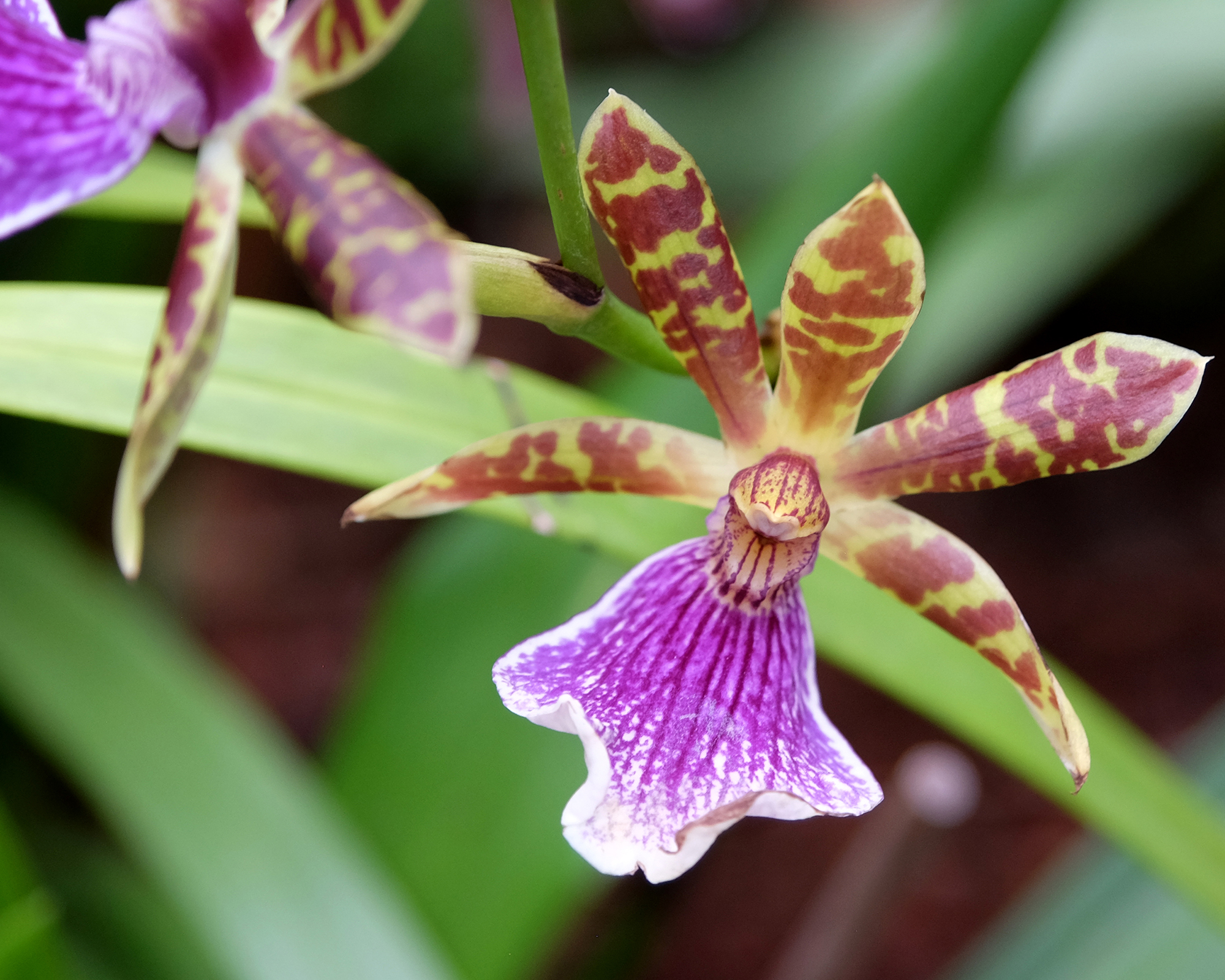
If scent is important to you, then the Zygopetalum orchid has wonderfully fragrant flowers that can perfume a whole room. This lovely variety is rarely seen at the garden center but can be easily sourced through specialist growers. It's a good choice for beginners, as its care is not too demanding and it is not prone to many common orchid problems.
Give Zygopetalum bright but indirect light and moderate humidity of 50 to 70%. Daytime temperatures from 70 to 80°F (21 to 27°C) are ideal, with nighttime temperatures of 50 to 60°F (10 to 16°C).
7. Clamshell Orchid
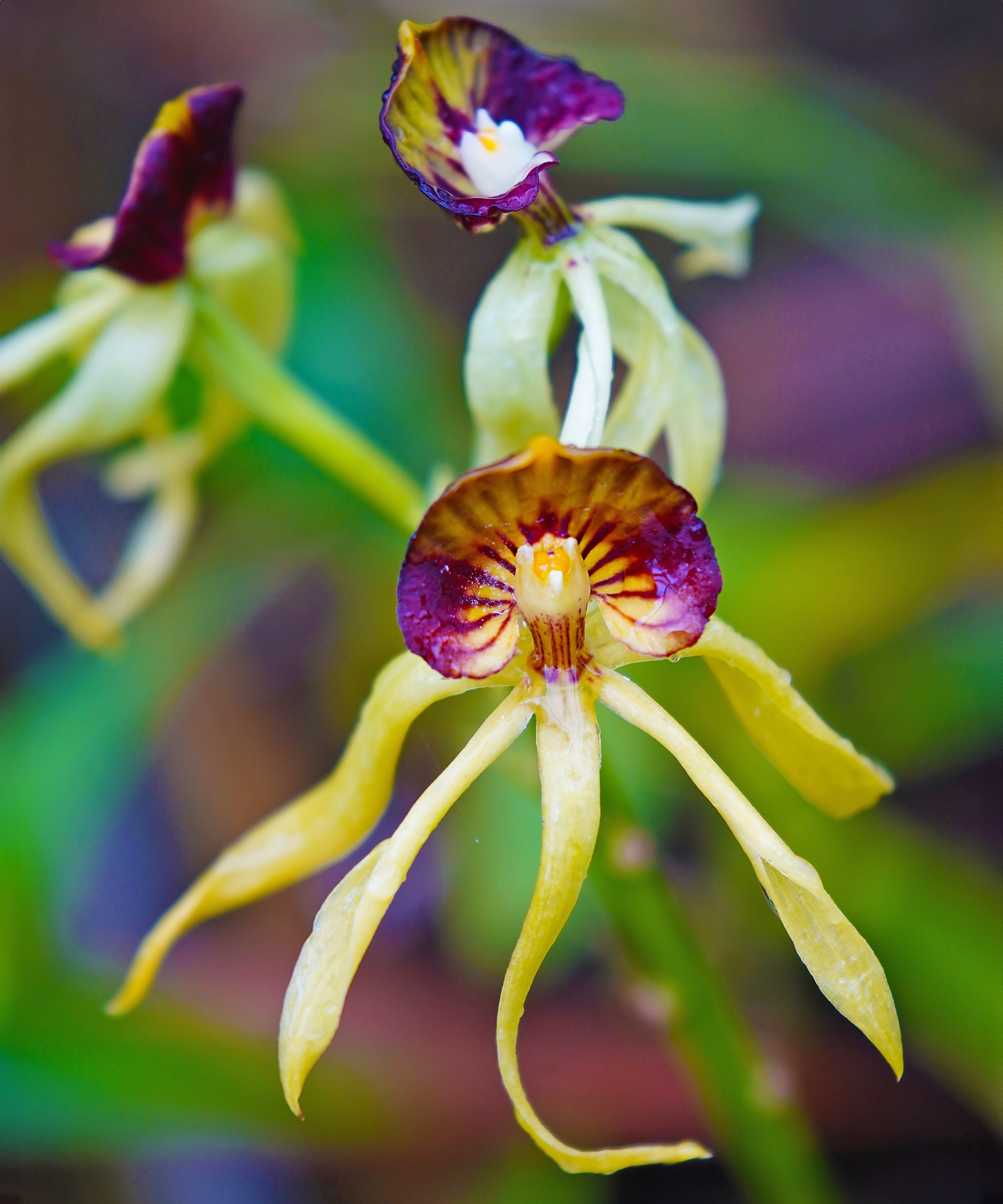
The Clamshell orchid (Prosthechea cochleata syn. Encyclia cochleata) is a most unusual specimen coveted for its exotic long-lasting clam-shaped blooms that bear tentacle-like petals. Native to Central and South America, this variety is rare to see in the wild but makes a gorgeous houseplant.
Clamshell orchids require bright, indirect light, daytime temperatures of 70 to 80°F (21 to 27°C), and nighttime temperatures of 50 to 65°F (10 to 18°C). Humidity is a must, as this species requires levels in the range of 50 to 80%.
8. Odontoglossum
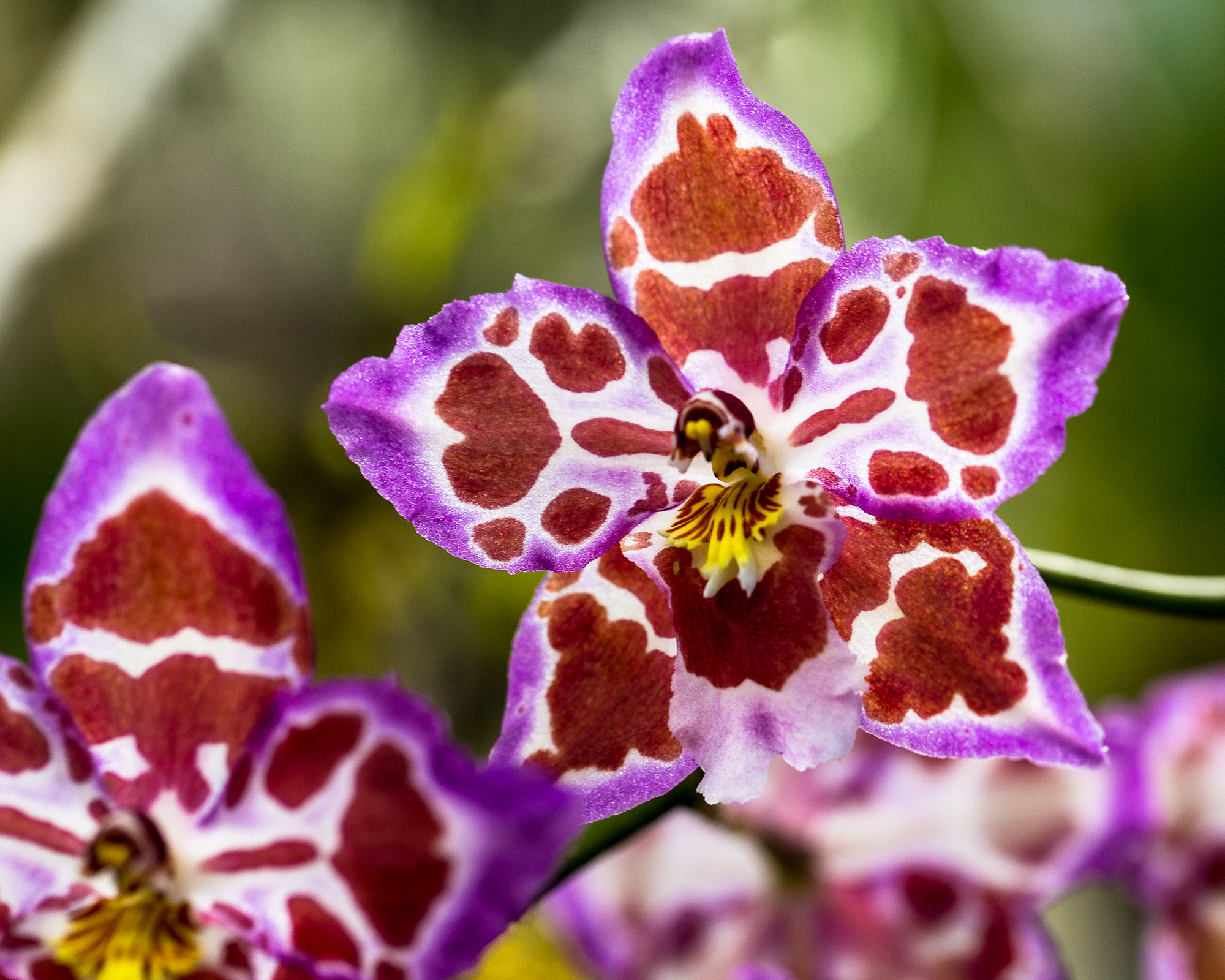
Odontoglossum orchids are rarely seen as they are harder to grow than other varieties. However, they are popular among serious orchid collectors for their stunning flowers – which are hugely varied – and they are a good houseplant choice for growers in cooler climes.
Native to the Andes and other mountainous regions, Odontoglossum requires cooler temperatures of 65 to 77°F (18 to 25°C) in the daytime and 50 to 60°F (10 to 16°C) at night. They prefer bright, filtered light and high humidity, but can tolerate lower levels of 40%.
More Houseplant Inspiration
- Discover 8 longest-flowering houseplants that will give you spectacular blooms for months on end.
- Why is my orchid dying? Learn 5 common causes and how to save it before it's too late.
- Be inspired by these enchanting terrarium plants that flourish all year long.
- From stylish planters to growing kits, the Gardening Know How Shop contains everything you need to nurture your prized houseplants.

Melanie is an experienced gardener and has worked in homes and gardens media for over 20 years. She previously served as Editor on Period Living magazine, and worked for Homes & Gardens, Gardening Etc, Real Homes, and Homebuilding & Renovating. Melanie has spent the last few years transforming her own garden, which is constantly evolving as a work in progress. She is also a passionate organic home grower, having experimented with almost every type of vegetable at some point. In her home, Melanie tends to an extensive houseplant collection and is particularly fond of orchids.
- Amy DraissDigital Community Manager
